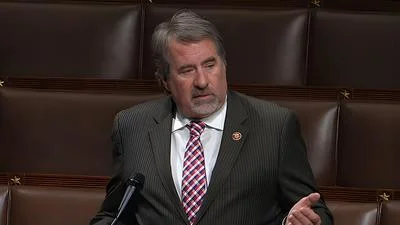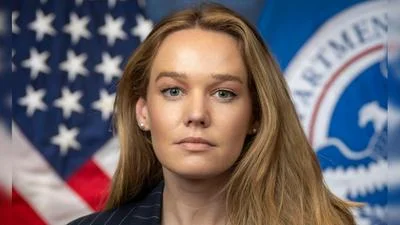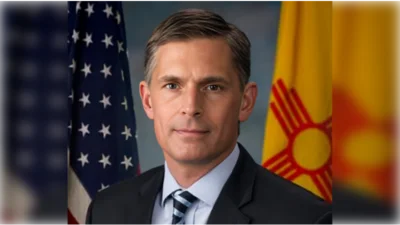Inspiring. Motivating. Magical. These are all words used to describe the 2022 Annual Program Review held November 14–18 in Denver, Colorado. Hosted by the U.S. Department of Energy (DOE) Office of Indian Energy Policy and Programs (Office of Indian Energy), the event drew nearly 200 attendees to share updates, successes, lessons learned, and stories about their clean energy projects from across Indian Country and Alaska.
This year, the five-day event included presentations representing more than 40 separate tribal projects from coast to coast. The unifying element is that all projects were funded, in-part, through competitive grants from the DOE Office of Indian Energy. The Program Review provides a venue to present required status updates on the various energy projects, but the event becomes much more than that.
“The first Program Review was in 2002, so this [is] the 20th year. When I started this years ago, the observation was that tribes were not necessarily talking to each other about energy. So, the attempt was to not only get feedback and progress on the project, but to provide a venue to celebrate each other’s successes, learn from each other, and provide a networking opportunity for the tribes,” said Lizana Pierce, Senior Engineer and Deployment Supervisor for the Office of Indian Energy.
It quickly became clear that attempt has been achieved, as some attendees ran up to friends for a hug and to catch-up, while others began chatting with potential new friends, sharing their experiences and stories.
“I don’t get a lot of interaction with other tribes around the country on a regular basis, so being able to come to conferences like this and [hear about tribes] doing these fantastic things, is awesome!” exclaimed Karen Six, Grant Administrator with Oneida Indian Nation.
“The Program Review really helped us connect with different partners and get to see what’s out there,” said Melissa Little Plume Weatherwax with Blackfeet Community College.
Presentations were shared from every corner of the country—from Alaska to southern California to Florida—with each presenter offering a glimpse into the unique energy challenges and opportunities for their community. This year, many expressed interest in the energy projects in Alaska, acknowledging the dedication and commitment to clean energy, despite particularly extreme energy challenges for those remote communities.
Ingemar Mathiasson is the Energy Manager for one of those projects, located in Noatak, in the Northwest Arctic Borough, about 100 miles north of the Arctic Circle. In this remote region of the country, the area has experienced significant changes in local climate, which has changed local waterway access for shipping barges, now requiring goods to be flown in, which increases the cost for many things, including energy, for residents.
“[The funding from the Office of Indian Energy] will help the community plan for their future in a way that allows them to be more self-sufficient and hopefully bring down the cost [of energy], at least stabilize it, instead of going up,” explains Mathiasson. “DOE is really stepping up and helping the remote communities out there that really need help. It’s a big thing. It can change the environment and change the way people feel about where they live and be happy about it.”
Staff from the DOE Office of Indian Energy attended throughout the week, amazed, proud, and inspired by the successful energy projects across Indian Country.
“People come from various backgrounds, situations, and levels of experience from across the country,” said David Conrad, Deputy Director of the Office of Indian Energy. “That diversity in the participants lends to innovation. That’s something people can go home with…that inspiration to continue to innovate and inspire their own communities and build hope in those communities that growth and innovation is possible for them.”
Since 2010 (to 2021), DOE has invested over $114 million in more than 200 tribal energy projects. The investment provides tangible results from the Office’s investments. For every DOE dollar invested, the end user saves about $3.46.
Presentations from this year and past years are available on the Program Review web page.
Original source can be found here









